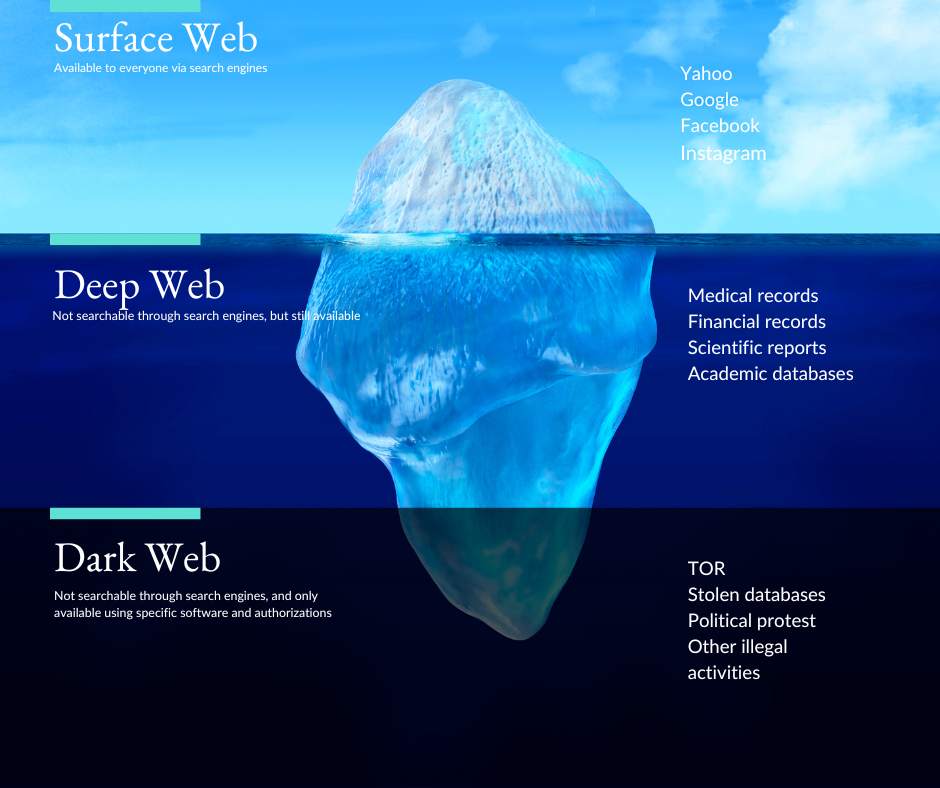A recent study by Verizon’s 2021 Data Breach Investigations Report reveals that 85% of all cyber breaches involve a human element, illustrating how cyber-criminals continue to exploit human error. While technology advances, our vulnerabilities remain consistently low-tech.
Cybercriminals have become master storytellers, manipulating humans into opening the doors to networks in order to circumvent cybersecurity controls.
The Ostrich Approach
Many believe they are not a likely target for hackers, underestimating their attractiveness in the digital world. Whether it’s your network or the company you work for, there’s something to gain for cyber-criminals. Sometimes, it’s not even about you; it’s about who you know or where you work. Email, SMS, and phone scams happen to individuals and organizations.
The Digital Double-Edged Sword
As we plunge deeper into a digital age, information becomes increasingly accessible—not just for us, but for those with malicious intent. Digital dehumanization allows hackers to exploit trust more effectively since they only know you as a collection of data. With over 12 Billion records already posted to the dark web, it’s easy to see why everyone is a target.

Security Illiteracy: Our Achilles’ Heel
Despite the complex security landscape, many still think a free antivirus program will suffice. According to a CyberEdge 2021 Cyberthreat Defense Report, 79% of organizations were affected by a successful cyber-attack in the last year. People often neglect software updates, giving malware an open door into their systems.
Deceptively Real Threats
Sophisticated tactics, like website redirects and phishing scams that mimic internal communications, make spotting fraud increasingly challenging. These threats can impersonate anyone—colleagues, vendors, or even CEOs.
Recognizing the Weak Points
Cybercrime Magazine reported a $1.5 trillion loss due to cybercrime in 2021, including ‘business email compromise’ scams. Here’s how people often fall prey:
- Fake Billing: Scammers send fake renewal bills targeting administrative staff, who may not have full visibility into the accounts.
- Targeted Software: Popular platforms like Microsoft Office and Slack are not immune to these attacks.
- Mobile Vulnerability: According to Wandera’s 2020 Mobile Threat Landscape Report, the success rate for mobile phishing scams was 65%.
- Invoice Scams: Trojans are often hidden in email attachments that appear to be legitimate invoices.
- Travel Phishing: Hackers target frequent travelers with fake itineraries that harvest data or install malware.
- File-Sharing Phishing: Cybercriminals gain access to shared files and propagate malware across a network.
- Tax Season Exploits: Fraudulent emails that seem to come from credible sources like government agencies aim to capture sensitive information.
- RFP Scams: Cybercriminals who breach emails will send fake follow-ups to requests for proposals, often asking for banking information.
The Solution Lies in Knowledge
Awareness is key. If employees were adequately trained, they could avoid falling victim to these schemes.
Healthcare practices must prioritize cybersecurity education. Many are so engrossed in day-to-day operations that they overlook their digital vulnerabilities.
Cybersecurity Help for Dentists
Help for Dental Practices is available. myla Training Co. has an excellent free monthy newsletter to help dental professionals stay on top of threats to their practice data through micro-training, alerts, and downloadable materials. Sign up here.


